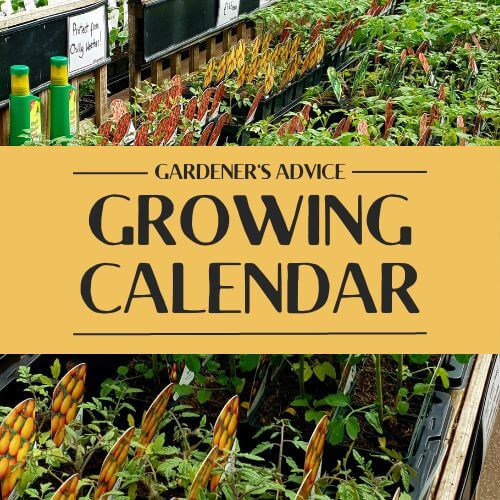Making a seed bed, fine tilth and sowing seed
Posted By: rocket veg Category: Growing Veg, Seasonal AdviceThe time has finally come to make a proper start, sowing seed into open ground. After all your careful preparation last autumn – the ground dug over and all traces of weeds removed, stones picked out and a top dressing of manure or homemade compost - your soil should be in perfect state and ready to go. Roll back the covering which has helped keep the precious soil warm and encourage worms to do their best to break the soil down and you are all set to get this season’s veg production underway.
Have the right tools to hand
You will need a digging fork to give the soil a gentle working over if need be; a flat rake for creating a fine tilth; a length of string with a stick tied to either end (a ‘line’); and a dibber for creating a shallow channel (a ‘drill’) in which to sow the seeds.
First, make a fine tilth
Tilth – a word with such a gentle sound, used to describe soil which has had all the stones, twigs and other matter removed and is a perfect state, all set to receive seed. Don’t make tilth until you are ready to sow or the soil surface which you have prepared so carefully will become a hardened surface, which is really tricky to sow into, especially after rain. Choose a dry day, decide where your seed is going to go and - starting at the far end of what will be your seed bed – push and pull the rake back and forth as you slowly walk backward. Try to avoid treading on the soil too much or your weight will crush the ground which you so carefully dug last autumn. As you go, use the prongs of the rake to break up lumps of soil and draw any stones etc with you. When you reach the front of the bed, pick out and discard the stones and other stuff. Above all, take your time: creating tilth is a satisfying job, so don’t be afraid to give the seed bed a second going over and you will be amazed how fine the particles of soil will become. If you encounter any stubborn lumps of soil, a gentle chop with the prongs should break them up.
Next – mark out a row
At this stage, I lay an old floorboard along the seed bed next to where the first row of seeds is to go. This enables me to work along the row without treading directly on the soil and damaging its fragile structure. Use a string line to mark the row, then draw the handle of your fork, wooden diddder, a piece of cane or stick along the line, creating a straight, shallow groove. Once done, and before sowing any seed, I always mark both ends of the row with short lengths of cane as it is surprisingly easy to forget where you have sown, especially if you are creating several parallel rows. Finally, water the soil along the length of the drill using a watering cane fitted with a fine rose. Watering after the seed is sown risks disturbing it and creating pools of water which will deter germination.
Now - sow seed
On each seed packet you will find clear instructions for sowing and aftercare, so read carefully before making a start. Smaller seed is generally packed in a foil sachet inside the paper packet; when you have used the amount of seed you need, fold the top of the sachet over to keep the unused seed safe and dry for future use (tip – when using old seed, check its viability before planting to avoid disappointment).
When sowing, I find it easier to tip the quantity seed I think I will need into a shallow pot, rather than taking it from the packet as I go. Start at whichever end of the row suits you best, carefully placing larger seeds (eg beetroot, pea, parsnip) or scattering the thinnest possible line of smaller seed (eg carrot, lettuce) along the bottom of the drill, spaced according to instructions on the seed packet. Mark each end of the row with short sticks and a label with the variety and sowing date on it. Lastly, cover the seed with a fine layer of soil, gently drawn over the drill using your rake.
First signs….
Sowing seed is fun, but the best bit is when you spot a line of shoots poking through the soil, a promise of good things to come! Be patient, seeds will take time to grow.







